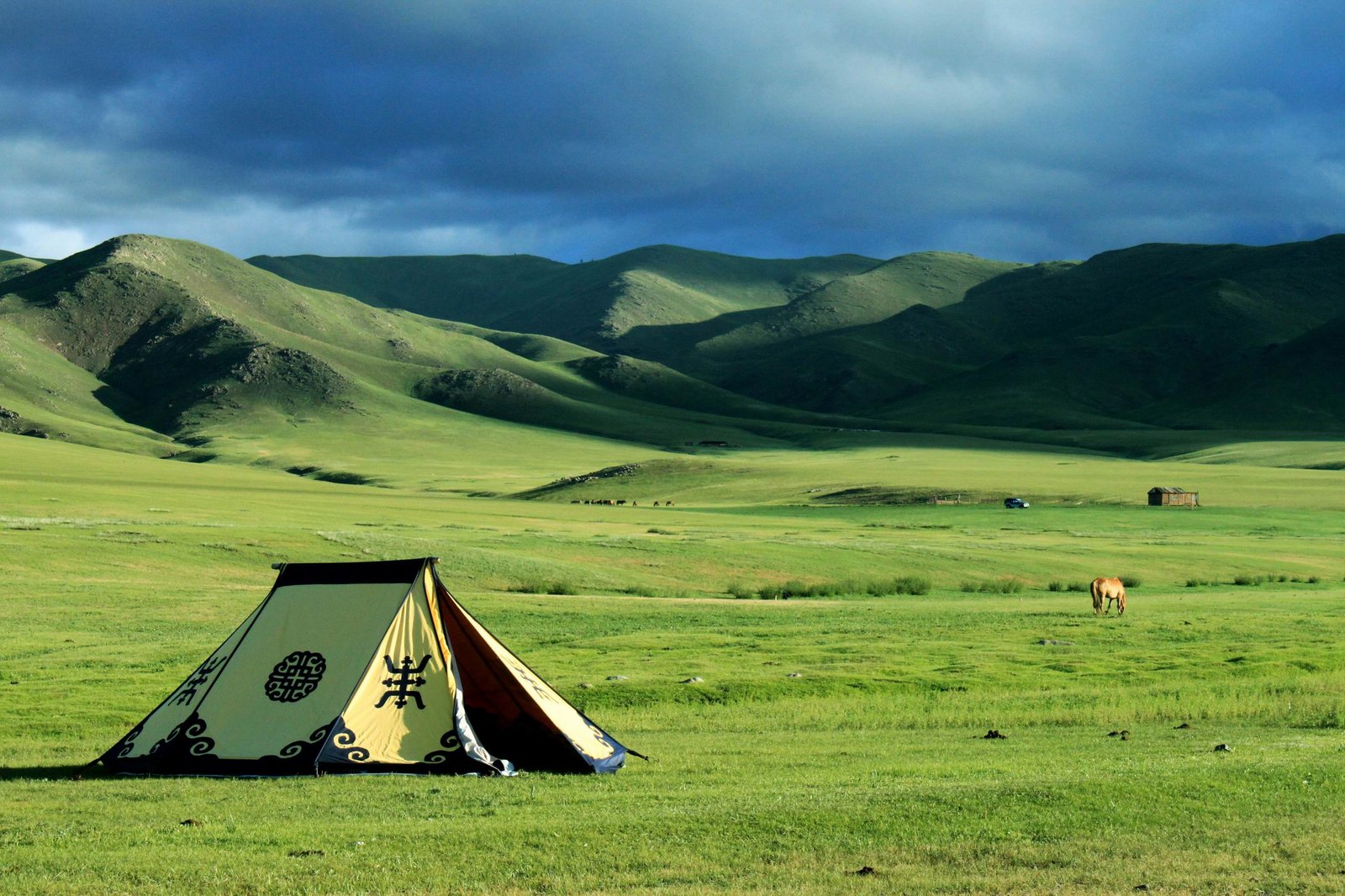Introduction
India, a country known for its diverse landscapes and rich biodiversity, has embarked on a transformative journey to restore its environment and expand its forest cover. Recognizing the urgent need to address environmental challenges, the Indian government, along with various organizations and communities, has implemented a range of initiatives aimed at sustainable development and the preservation of its natural heritage.
This article delves into India’s concerted efforts in restoring the environment and its unwavering commitment to increasing forest cover.
Forest Cover and Biodiversity
India’s forest cover and biodiversity are crucial elements of its environmental restoration efforts. With approximately 24.56% of its geographical area covered by forests, India possesses diverse ecosystems that support a rich variety of flora and fauna.
From the dense tropical forests of the Western Ghats to the majestic coniferous forests of the Himalayas, India’s forests provide critical habitats for numerous species. The country’s remarkable biodiversity includes iconic species such as tigers, elephants, rhinoceroses, and a wide range of plant species.
Protecting and expanding forest cover is vital for maintaining ecological balance, conserving biodiversity, and preserving India’s natural heritage. By implementing afforestation and reforestation programs, India aims to restore degraded ecosystems, enhance ecological health, and ensure the survival of diverse species for future generations.

Afforestation and Reforestation Programs
India’s afforestation and reforestation programs are key components of its environmental restoration initiatives. These programs focus on increasing forest cover and restoring degraded lands to promote ecological balance and biodiversity conservation.
Through systematic tree planting efforts, agroforestry practices, and the creation of green corridors, India aims to enhance forest cover and restore ecosystems that have been impacted by deforestation and degradation.
Afforestation and reforestation not only help combat climate change by sequestering carbon dioxide but also provide habitats for wildlife, protect soil and water resources, and promote sustainable land use practices. By engaging local communities and raising awareness about the importance of forests, India’s afforestation and reforestation programs foster a sense of ownership and responsibility among the people, ensuring the long-term success of these restoration efforts and contributing to a greener and more sustainable future.

Social Forestry and Community Involvement
Social forestry in India focuses on involving local communities in tree planting and forest management, fostering a sense of ownership and responsibility. Communities actively participate in tree plantation initiatives, leading to better survival rates and long-term care. They also contribute to forest management by monitoring and protecting forest ecosystems.
Social forestry promotes sustainable resource utilization, allowing communities to benefit from non-timber forest products while ensuring their conservation. This approach generates livelihood opportunities for communities through activities like non-timber forest produce collection and ecotourism.
By engaging communities, social forestry initiatives not only contribute to environmental restoration but also promote sustainable development at the grassroots level. The active participation of local communities ensures the success and long-term sustainability of these initiatives, creating a harmonious relationship between people and nature.

Protected Areas and Wildlife Conservation
India has established a vast network of protected areas, including national parks and wildlife sanctuaries, to safeguard its rich biodiversity. These areas serve as havens for a wide range of flora and fauna, ensuring the preservation of critical habitats and vulnerable species. National parks such as Kaziranga, Corbett, and Ranthambore provide strict protection and are known for their iconic wildlife, including tigers, elephants, and rhinoceroses.
These protected areas are not only essential for the conservation of wildlife but also contribute to scientific research, ecological education, and sustainable tourism. Through dedicated management and conservation efforts, India aims to secure these precious ecosystems for future generations and promote a harmonious coexistence between humans and nature.

Conclusion
India’s endeavors in restoring the environment and expanding forest cover demonstrate its unwavering commitment to sustainable development and environmental conservation. Through afforestation programs, community involvement, protected area management, renewable energy transitions, and international cooperation, India has made significant progress in safeguarding its natural heritage.
However, sustained efforts, public awareness, and effective policy implementation are crucial to ensure the long-term success of these initiatives. With a collective vision and shared responsibility, India is poised to further enhance its environmental restoration efforts, creating a greener and more sustainable future for generations to come.




